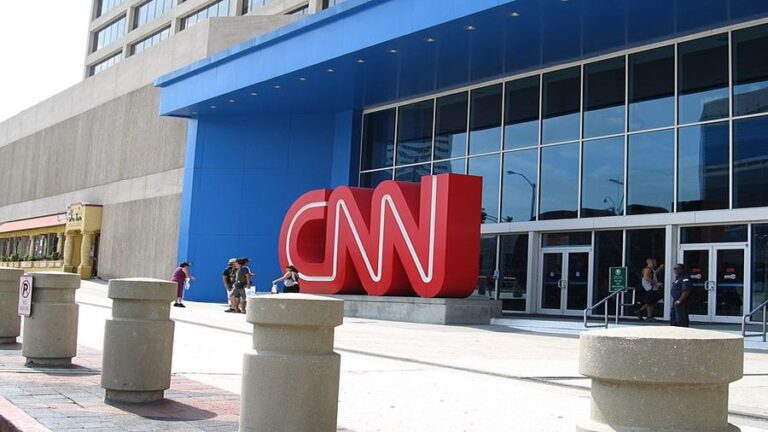Iraq is Rearming
In addition to the forced withdrawal of the US military from the country, as demanded by the Iraqi authorities and people, the other most popular topic of recent active discussion among Iraqis is the large-scale military parade held on January 6 in Baghdad in honor of the 100th anniversary of the founding of the Iraqi Armed Forces.
As emphasized in a statement from the Prime Minister’s Office, the parade took place in a strictly protected “green zone” in the center of Baghdad. In his speech, the Iraqi prime minister said that “the ongoing strategic dialogue between Iraq and the United States has led to the withdrawal of a significant group of US troops in recent months. Only a few hundred of them will remain in Iraq to cooperate in training and technical support for the Iraqi security forces.”
The parade was closely watched not only by the official authorities and all Iraqi residents, but also by foreign powers. Many of them have not yet forgotten that, despite Washington’s intense desire to destroy that country’s economic and military structure during the last 30 years of armed aggression, Iraq has long demonstrated to the region and to the world, the considerable military capability of the Iraqi armed forces, which has long made it one of the strongest armies in the region. This circumstance has certainly had a very negative effect on the events that have occurred in this country, since not only the other Muslim countries, competing for dominance in the region, have in the past been very sensitive to the growth of Iraq’s military power. Perhaps one of Iraq’s main adversaries in this regard was, and still is today, Israel, seeking to prevent a rival to itself in the Middle East region. Therefore, it actively used Washington for this purpose to intimidate not only Iran, but all other Arab states, not allowing a shift in military regional parity to the detriment of Tel Aviv’s interests. It was precisely this goal, and preventing anyone in the region other than Israel itself from having nuclear weapons, that Tel Aviv’s June 1981 military operation, Operation Opera, to destroy the French-made Osirak nuclear reactor in Iraq pursued.
Traditionally, the products of the Russian/Soviet military-industrial complex, which remain the backbone of the Iraqi army, were widely represented at the parade. In addition to such well-known samples of Russian military equipment and tanks as T-90S, BMP-3M, TOS-1A, transport and charging vehicles TZM-T, which are part of the “Solntsepek” system, passed in the parade formation During the parade, the streets of Baghdad also saw Humvee armored vehicles armed with Russian Kornet-E anti-tank guided missiles, capable of destroying the most heavily armored vehicles at ranges of up to 5,500 meters. The backbone of Iraq’s current air defense force, which again consists of Russian Pantsir-S1E surface-to-air missile systems, whose deliveries began in the fall of 2014 and were completed in February 2016, was also demonstrated. Since then such anti-aircraft missile defense systems have been on alert and have been protecting the most important Iraqi facilities.
The air part of the parade was attended by Russian-made Su-25 attack aircrafts, which performed well back in the 1980s during the conflict with neighboring Iran, but were almost all lost during the 1991 Persian Gulf War. Already under the new Iraqi government, when the situation on the fronts of fighting illegal armed groups and terrorists of Daesh (a formation banned in Russia) worsened, a new batch of such armored winged vehicles was delivered from Russia, which has played a significant role in stabilizing the situation. In the sky over Baghdad also flew the Russian military transport Mi-171Sh and combat helicopters Mi-35M and Mi-28NE, which have proved themselves during the operations of the Iraqi army against the terrorists.
The American military equipment available to the Iraqi army has objectively fallen out of favor. Both American and foreign experts speak of its unsatisfactory condition and characteristics. In particular, the American Military Watch website points out that the Iraqi fighter aviation, which is armed with 34 American F-16IQ fighters and 24 South Korean T-50 fighters, despite the considerable defense budget cannot boast of its “American power.” The F-16IQ fighters the US supplied to Iraq from 2014 to 2017 are not equipped with AIM-120 air-to-air missiles and carry obsolete medium-range AIM-7 Sparrow and short-range AIM-9L/M missiles, which do not pose a threat to modern fighters in service with Israel and Saudi Arabia. The reason for Baghdad to buy these American fighters, despite their low combat capabilities, was Washington’s pressure on the Iraqi government.
The number of US fighters that participated in the recent parade showed that less than 20 percent of Iraq’s F-16s were fully capable of flying. It is reported that four of these fighters crashed in one day last year while trying to get 19 machines ready to fly. According to a former Iraqi army officer, Iraqi air force pilots cried for help, and one former Iraqi military officer said that “it was a great danger.” Iraqi officials confirmed in a report last December that only seven F-16 fighters were capable of flying “without serious risk of crashing.” “It is clear that Iraq does not enjoy the full confidence of the US administration and cannot count on the latest weapons,” writes the Polish publication Defence24, pointing out that already in the middle of last year there was information about the airworthiness of no more than 20% of American fighters.
In addition, US F-16 fighters had a high accident rate, due to which in December 2020 they completely ceased to carry out missions within the international coalition against Daesh (a terrorist formation banned in Russia) and were taken off combat duty.
In these conditions and in view of the blatant discrimination in the supplies of obsolete weapons to Iraq by Washington, various experts now express their confidence that in the near future Iraqi military units will be even more actively switching over to Russian military equipment. In conditions of real combat operations in the desert and urban areas, it proved to be better than its American counterparts. In addition, the price factor also speaks in favor of Russian equipment.
Experts also note that previously the Iraqi army parade events were attended by M1A2 Abrams tanks, donated by the US army, and at least a hundred of these fighting vehicles were in the elite 9th Iraqi Army Armored Brigade. Recently, however, Iraq has been actively replacing them with Russian samples, causing resentment in the White House. In addition to Russian tanks, combat vehicles and aircraft, the Iraqi military is now taking a closer look at the Russian S-300/S-400 air defense systems and other types of weapons, which shows that Iraq is adopting the Russian military standard…







